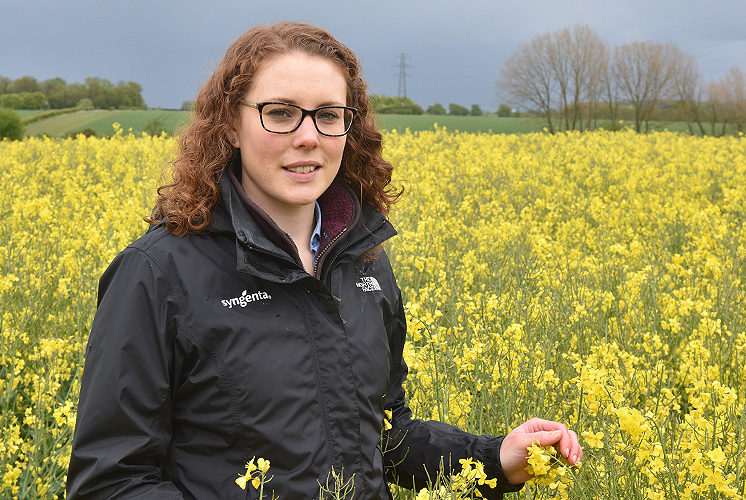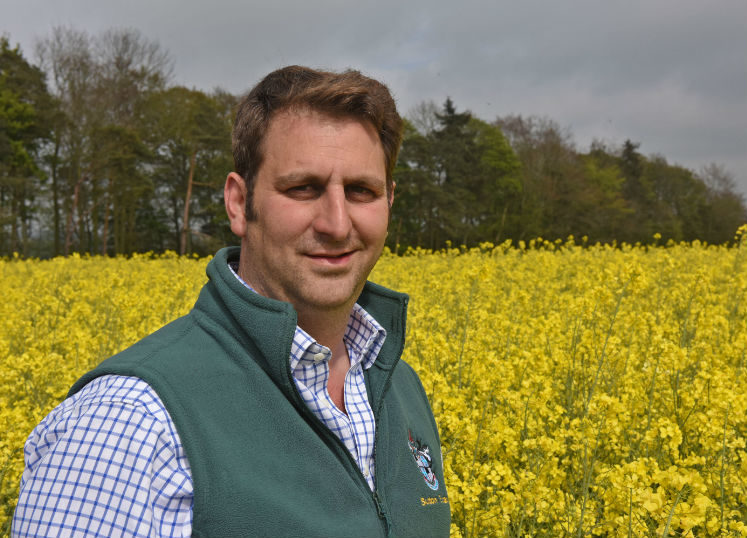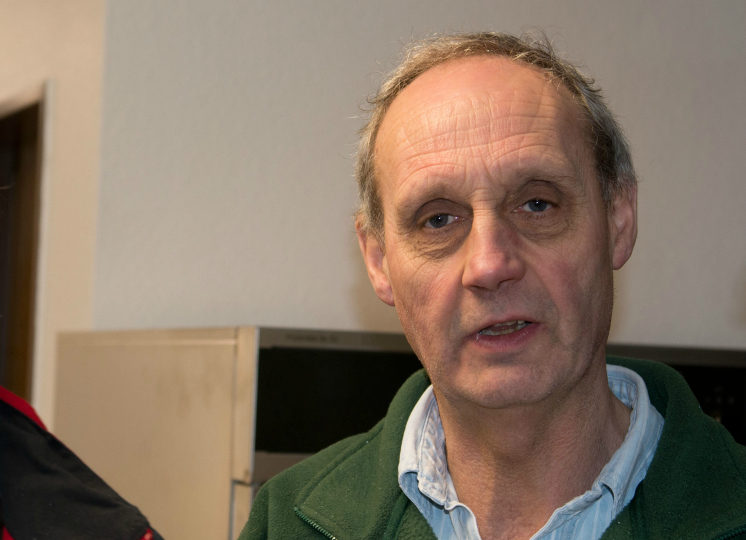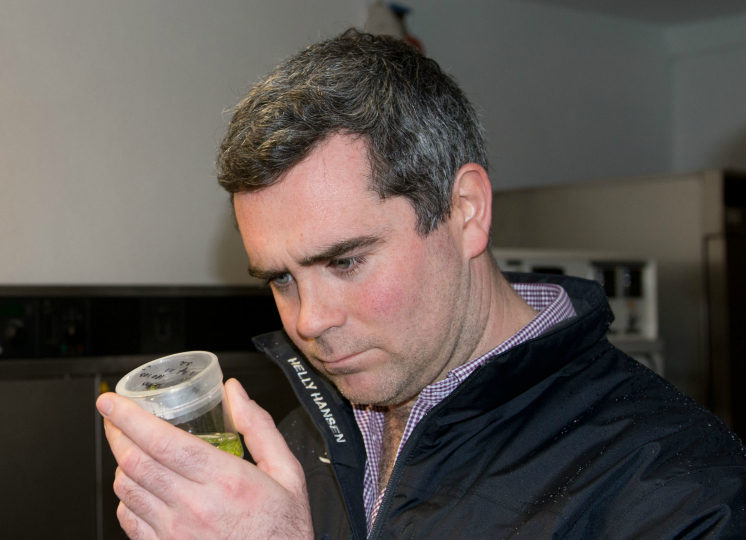
iOSR insight

Georgina Wood - Syngenta OSR Technical Manager
Georgina Wood is Syngenta Technical Manager for oilseed rape, providing help and advice for iOSR growers, as well as investigating new ideas and techniques to further enhance the crop's performance and producing more consistent yields. She has pioneered work at the Syngenta iOSR Focus Site and establishing on farm field trials with growers. Her role includes evaluating new products in the Syngenta R&D pipeline and the field experience to get the best results.

Chris Baylis
Chris Baylis, Head of Farming at Sir Richard Sutton Estates, manages around 850 hectares of oilseed rape among the 6,000ha of cropping across three farming units, from Lincolnshire down to Hampshire and Dorset. To establish the crop he uses a Vaderstad Rapid fitted with a Cultivation Solutions toolbar creating a combined strip till drill, the design incorporates a coulter either side of the cultivator tine, in a configuration that gives more of a band sowing effect and spreads the plant spacing, placement fertiliser is also applied across the band at sowing. All the crops are hybrid varieties drilled at 35 seeds per hectare throughout the season – which is completed by the end of August. The farms cereal rotation aims for 40% first wheats, with oilseed rape still one of the best performers as an entry crop; last year’s average yield of 4.4t/ha was slightly above the farm’s long-term...

Greg Wilcox
The Northamptonshire contract farming business of Greg Wilcox involves a wide range of establishment techniques and agronomy across 400 hectares of OSR. Strip till, direct drilling and Autocast will all be utilised where appropriate or available for the contract operation. In the right conditions, using the Autocast to spin seed and slug pellets into standing wheat has been extremely effective and kept the costs of production down, but he acknowledges it’s not for every situation and there is the severe limitation of not being able to used treated seed.

Joe Dilibero
Joe Dilibero is the working Farm Manager for the 2,400 ha Berkshire unit of Sutton Estates, alongside his counterpart, Malcolm Vaughan, in Lincolnshire and the estates’ overall farms’ manager, Chris Baylis. Having joined the iOSR group when farming in Cambridgeshire, Joe brings a valuable practical insight into managing a diverse mixed-farm across a varying spectrum of difficult soils, from loam over gravel to heavy clay. Oilseed rape fits in the block-cropped arable rotation with wheat, barley and beans. Growing hybrid OSR varieties, they key has been to achieve consistent establishment at reduced seed rates, to encourage stronger, higher yielding plants.

Chris Eglington
Chris Eglington farms 400 hectares near Dereham in Norfolk. With 13 soil types across the farm, predominantly medium to heavy loam, Chris precision drills his OSR at 56cm row width, with seven sub-soiler tines across a 4m working width. He sows just 21 seeds per m2 - the low rate required to get sufficient inter-row plant spacing, with volunteers typically filling in additional plants. Whilst yields have historically been good, he believes his four-year rotation has been too tight and, for the first time this year, has introduced peas to extend the interval between OSR crops.

Oliver Smith
On the edge of the Lincolnshire Wolds, Oliver Smith manages 600 hectares for Stourton Estates, along with a further 200 ha of contract farming. This year he has 115 ha oilseed rape, which he reported is around 25% down on the area grown in the past. It will reduce the entry for first wheat, but does mean the rotational break for OSR will be extended. Oliver typically grows three OSR varieties a year, selected for proven consistency on the farm. It is established by strip till, using a Sumo DTS drill.

Heiko Lemburg
Heiko Lemburg achieved an average oilseed rape yield of 5.2 t/ha on his farm two kilometres from the Baltic Sea, in the Schleswig-Holstein region of northern Germany. A pioneer of conservation tillage, he reported similar problems of Flea Beetle to UK growers, and struggles with fertiliser input limitations. He also has a serious issue with Clubroot. But one key difference is that Blackgrass is still susceptible to sulfonylurea herbicides – which he’s making every effort to protect.





